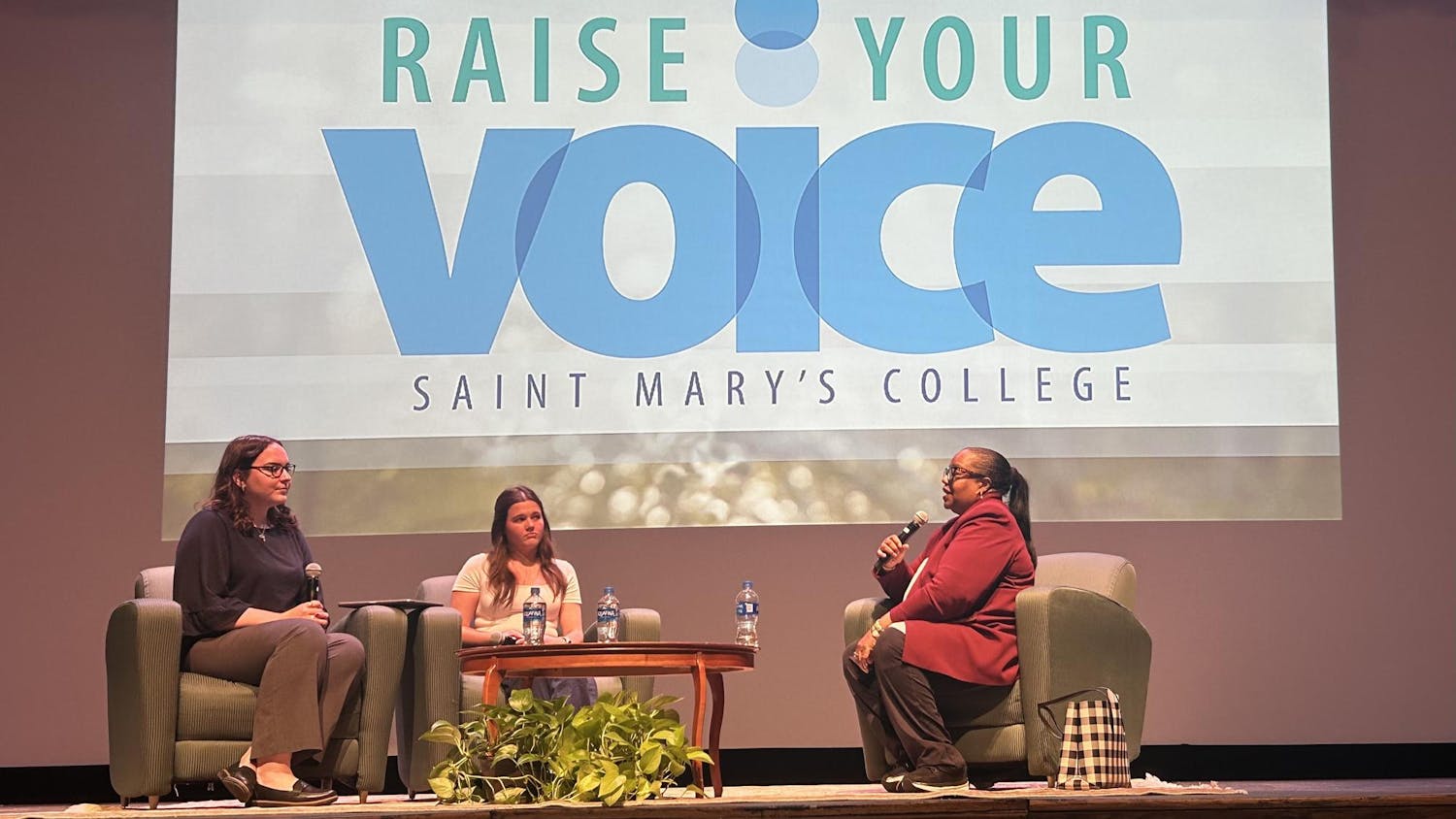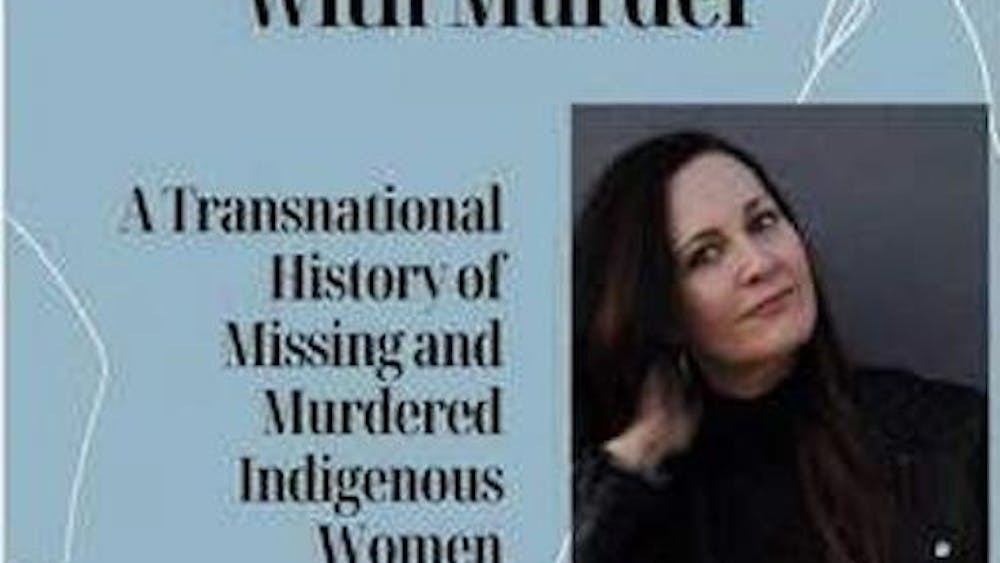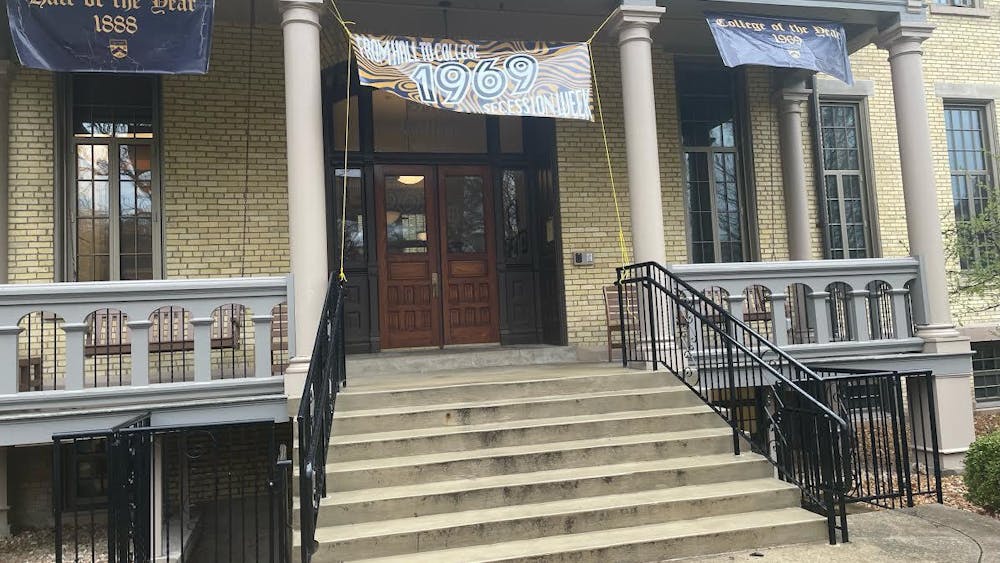Updated at 2:22 a.m.
Editor’s Note: Throughout the 2016 presidential campaign, The Observer sat down with Notre Dame and Saint Mary’s experts to break down the election and its importance to students. In its final installment, Associate News Editor Rachel O’Grady asked a variety of Notre Dame professors about their opinions on the projected winners of the race as they were announced.
2:22 a.m. — Rachel O’Grady: What are your thoughts as Election Night draws to a close?
Joshua Kaplan (director of undergraduate studies, political science department): At first I thought this was a matter of higher turnout among people who don’t normally vote and who were not included among the pollsters’ “likely voters,” but it looks like, despite changing demographics, it came down to Trump’s ability to get a very high percentage of the white vote. Trump was able to get the votes of anti-establishment voters, while also getting the votes of establishment Republicans who could not bring themselves to not support the Republican candidate. It is difficult to imagine this coalition holding together over time. I have believed for at least 16 years that the Republican party was approaching a crossroads where it would have to decide if it would or could continue to fall back on the strategy of getting large percentages of white voters in a racially divided electorate. This election shows that this strategy can still work in the short term, but at the great cost of divisive appeals that seem unsustainable. The coming years will present great challenges to Republicans, many of whom will be very unhappy with the direction the party is taking.
2:04 a.m. — ROG: What are your thoughts as Election Night draws to a close?
David Campbell (department chair, political science department): As I write these words, a winner has not yet been declared. However, no matter what happens, this is a stunning outcome. Either a Trump victory or a near miss underscores that there is great discontent in America.
1:52 a.m. — ROG: What is your final assessment of the 2016 Election?
Luis Fraga (co-director, Institute for Latino Studies): However challenging this election may seem to many, it does not compare to the challenges the next president will face to govern the nation. The way that the divisions and suspicions on display in this campaign are healed by the next president will be the true measure of success by which we should judge our next national leader.
11:14 p.m. — ROG: Did Latino voter turnout impact the Florida result tonight?
Fraga: Latino voter turnout was high in Florida. Again, as best we can tell at this point, that vote trended to Clinton. However, as best we can determine it right now, white voter turnout was very high as well. And much of that white turnout favored Trump in Florida, especially in traditionally Republican counties.
ROG: What is Clinton’s path to victory this evening, and do you think it will happen?
Fraga: Clinton’s path to victory, at 11 p.m., seems very narrow. She has to win either Michigan or Wisconsin, and Trump is leading in both states. Losing both Ohio and Florida makes her path to victory very, very problematic.
10:09 p.m. — ROG: What is Trump’s path to victory at this point in the night?
Campbell: At this point, even with Trump leading in Florida and Ohio, he would still need to run the table in order to win. North Carolina and Virginia are the states to watch.
ROG: How has voter turnout impacted this election so far?
Campbell: At this point, we do not yet know the turnout rate, but with Trump appearing to overperform, it suggests that Clinton’s get out the vote operation was not as successful as had been suggested. If that turns out to be true, it will mean rethinking a lot of what we thought we knew about voter mobilization.
9: 25 p.m. — ROG: Florida is looking close at the moment. What would the implications of a win in the state be for either campaign? More generally, what’s your assessment of the electoral map right now?
Geoffrey Layman (professor, political science department): Well, things are looking pretty good for Trump right now. He’s winning all the battleground states (Florida, Ohio, North Carolina, Virginia) at this point. Of course, there are still a lot of outstanding votes in these states. But, Trump supporters have to be happy right now. As for Florida, Trump absolutely needs it. Clinton still has a chance to win without it, but Trump does not. Losing would make it much harder for Clinton. ... It should make her supporters nervous. But, Trump absolutely has to have it.
8:05 p.m. — ROG: As the earliest exit polls are coming in, what are some important trends you are seeing?
Kaplan: Conventional wisdom tells us that higher [voter] turnout normally favors Democratic candidates, but the Indiana results at this point seem to indicate that higher-than-normal turnout has benefited Republican candidates. It’s not a surprise that Republican candidates are doing well in Indiana, but if this pattern in turnout applies in other states, the results could be less predictable than the polls have indicated.













